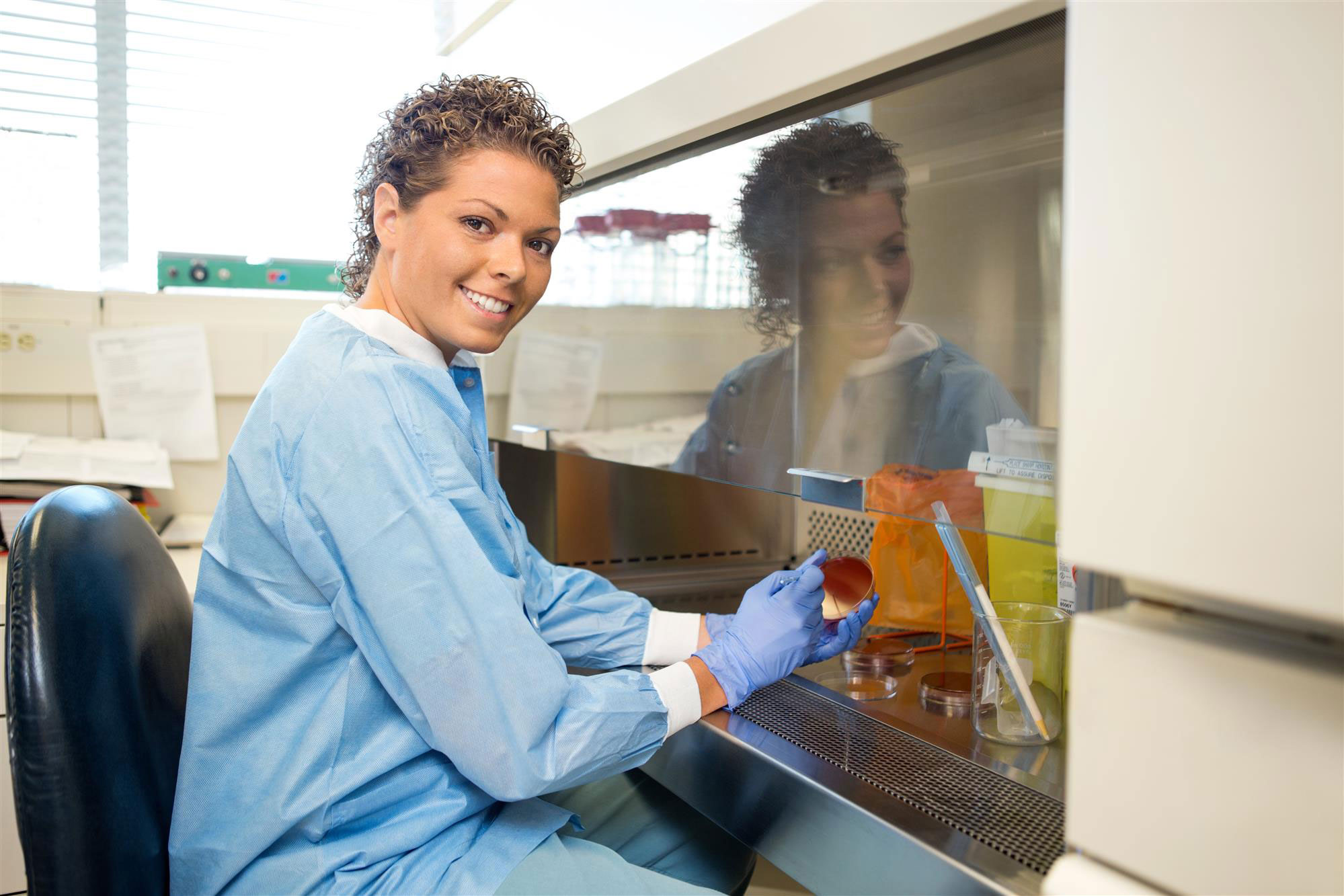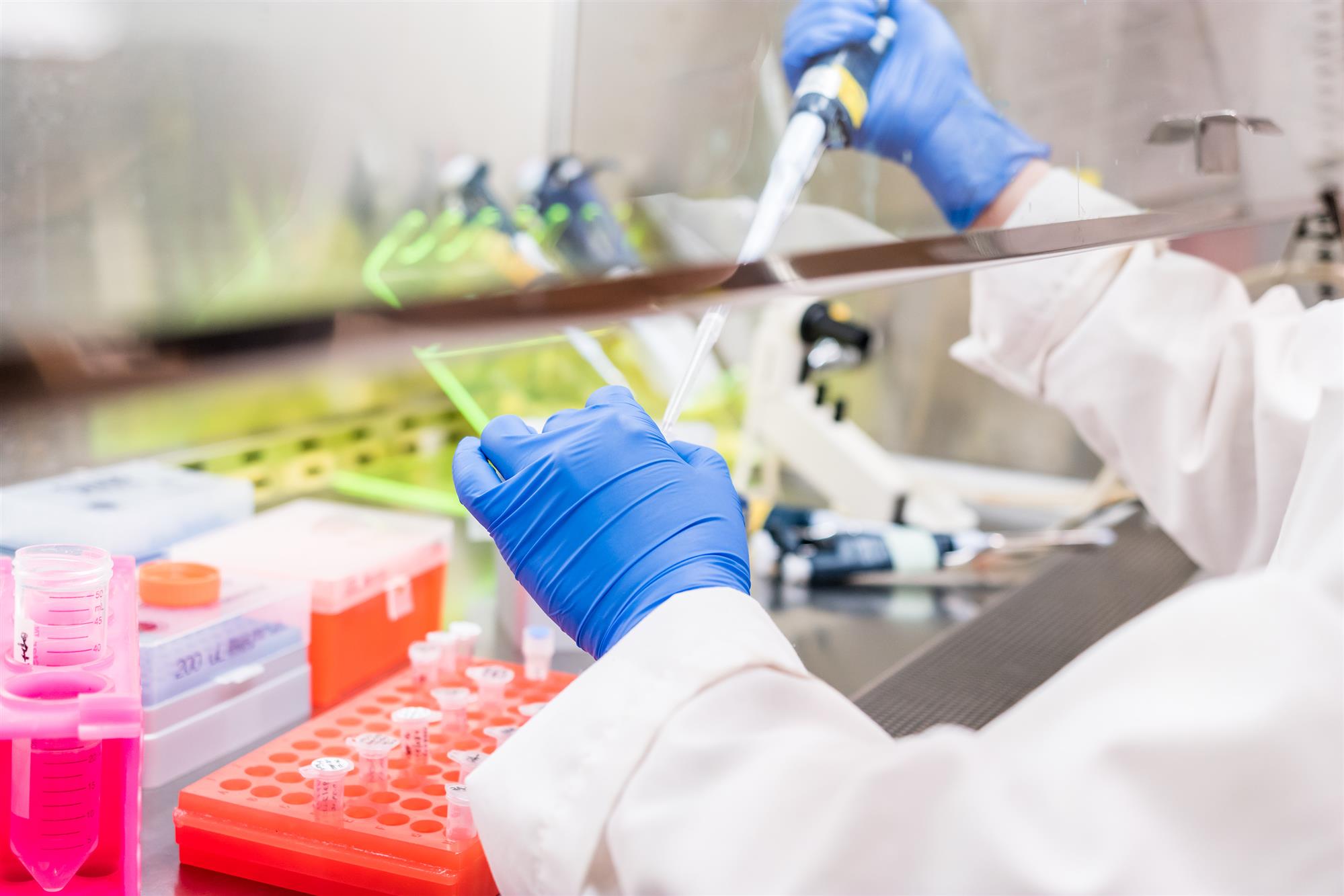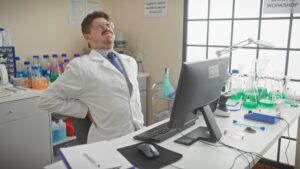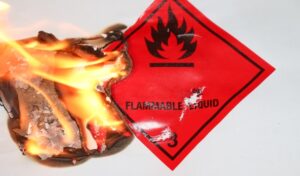
Chemical fume hood workstations are designed to help vent airborne particles out of the laboratory and through ductwork and exhaust vents. The overall effectiveness and venting capabilities of the hood are affected by various workplace and general housekeeping practices. Before starting tests, experiments, or other such work that requires the use of chemical fume hoods, take the time to verify the following good work practices are put into place and are used at all times.
1. Organize the workspace and bench top. Larger equipment should be placed in the back, with progressively smaller items placed in front of one another, for easier access.
2. Keep all glass items and containers full of chemicals away from the front of the workstation. Store these items toward the back or in a cabinet or drawer underneath the bench.
3. Leave plenty of space to perform work processes safely. If you are having to reach over items or find the space too cramped, then your workstation is not set up correctly.
4. Never reuse disposable items. Most disposable products are designed for single-use applications and should be discarded immediately afterward.
5. Discard disposable items in the correct disposal containers. Your lab should have multiple waste containers for various items, and each should be labeled for what items/materials can be placed inside.
6. Inspect glass items for any chips, cracks, or damage prior to using. Discard damaged items promptly.
7. Verify all containers are properly labeled. If you find any containers without labels, remove them from the workbench. Your lab could set up a specific area to place unknown containers filled with chemicals and other materials.
8. Make sure access to showers, eyewash stations, fire extinguishers, and other emergency equipment is easily accessible. If there is equipment or other clutter in the way of these items, clean up the area.
9. Test the fume hood to verify it is working correctly. Turn on the hood and make sure airflow is flowing correctly using various testing methods.
10. Confirm the average face velocity on the hood is sufficient for the chemicals/materials you will be working with. There should be a certification sticker somewhere on the side or above the hood sash with this information. For general purposes, fume hoods are normally set to a velocity of 115 fpm (feet per minutes).
11. Raise bulky equipment an inch or two of the workbench surface. This allows air to flow underneath items, such as hot plates, and helps increase the effectiveness of the fume hood.
12. Verify all panels, baffles, and sashes are in their proper places before starting work. If any of these items are missing or not working correctly, do not use the hood.
13. Once you start working, make sure to clean up spills, powders, and other materials promptly to avoid chemical reactions.

By following these good housekeeping tips, not only do you keep your workspace clean and organized, but you also lower the risks of causing accidents. For all of your fume and exhaust hoods and laboratory furniture needs, contact Genie Scientific at 800-545-8816 today.




